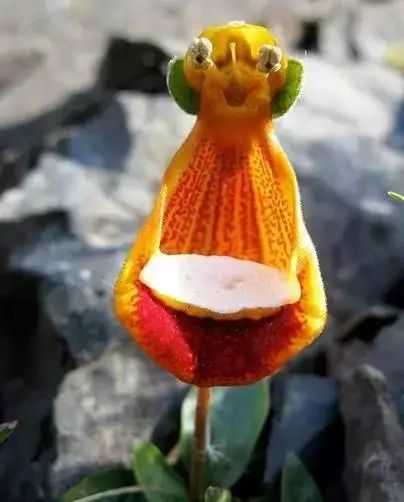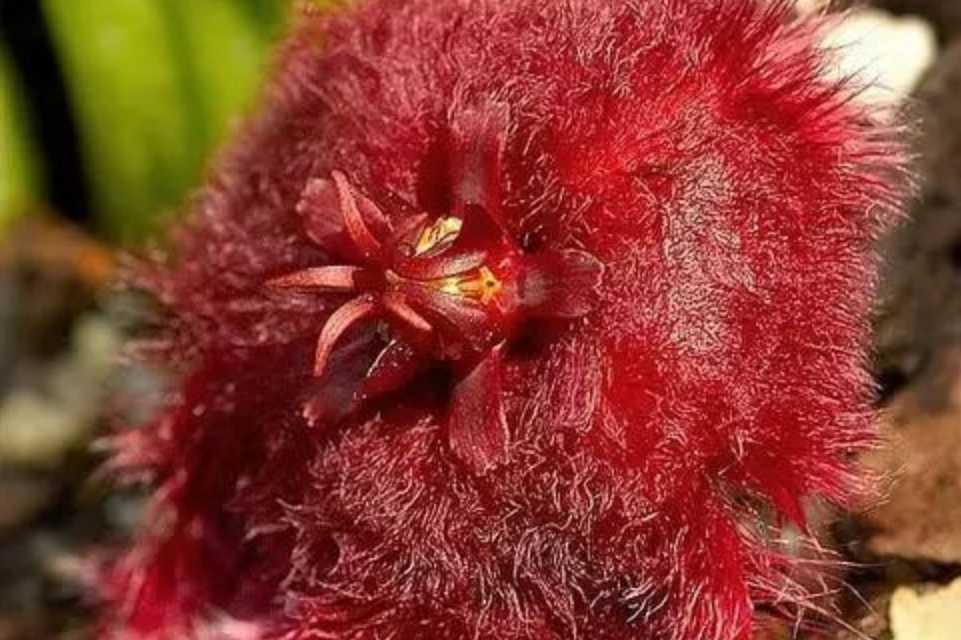The Alluring Pocketbook Plant: A Delicate Gem of the Wild
The Pocketbook Plant, scientifically known as Calceolaria uniflora, is a captivating herbaceous perennial that enchants with its unique appearance. Native to the harsh, frigid landscapes of the sub-Antarctic regions, including the Falkland Islands, Tierra del Fuego, and parts of southern South America, this plant has adapted to thrive in some of the most challenging environments on Earth.

Source: Images from the Internet, if there is any infringement, please contact the removal of
What makes the Pocketbook Plant truly stand out is its extraordinary flower morphology. The solitary, vibrant blooms resemble tiny purses or pouches, giving the plant its evocative common name. Measuring about 2 - 3 centimeters in size, the flowers display a vivid contrast of colors, with bright yellow and deep maroon hues. The pouch-like structure is thought to be an evolutionary adaptation to attract specific pollinators, such as bumblebees, which enter through a narrow opening to access the nectar within, facilitating the transfer of pollen in the process. The plant itself has a low - growing habit, with soft, oval - shaped leaves that form a basal rosette, providing a lush green backdrop to the eye - catching flowers.
Despite its delicate appearance, the Pocketbook Plant is remarkably resilient. It endures cold temperatures, strong winds, and poor soil conditions typical of its native habitat. However, the species is facing significant threats. Climate change, which is altering the delicate balance of the sub - Antarctic ecosystem, poses a major risk to its survival. Additionally, the introduction of non - native grazing animals, such as sheep, has led to overgrazing, further endangering the plant. Conservationists and botanists are working to protect the Pocketbook Plant through habitat restoration projects and research initiatives aimed at understanding its ecological requirements. As a symbol of the unique biodiversity of the sub - Antarctic regions, the Pocketbook Plant serves as a reminder of the importance of preserving these fragile ecosystems for future generations.
-------- END --------






